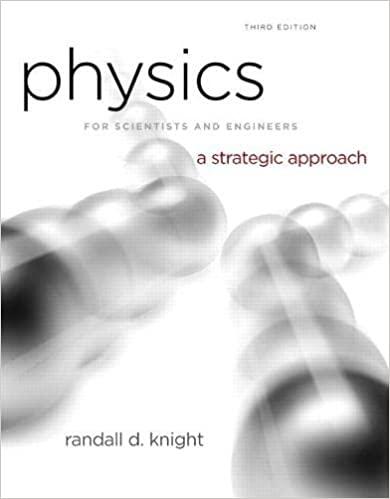Answered step by step
Verified Expert Solution
Question
1 Approved Answer
AT HS Applied Technology High School 3. The diagram below shows a fish in water of refractive index (4/3). a. Define critical angle. Is angle
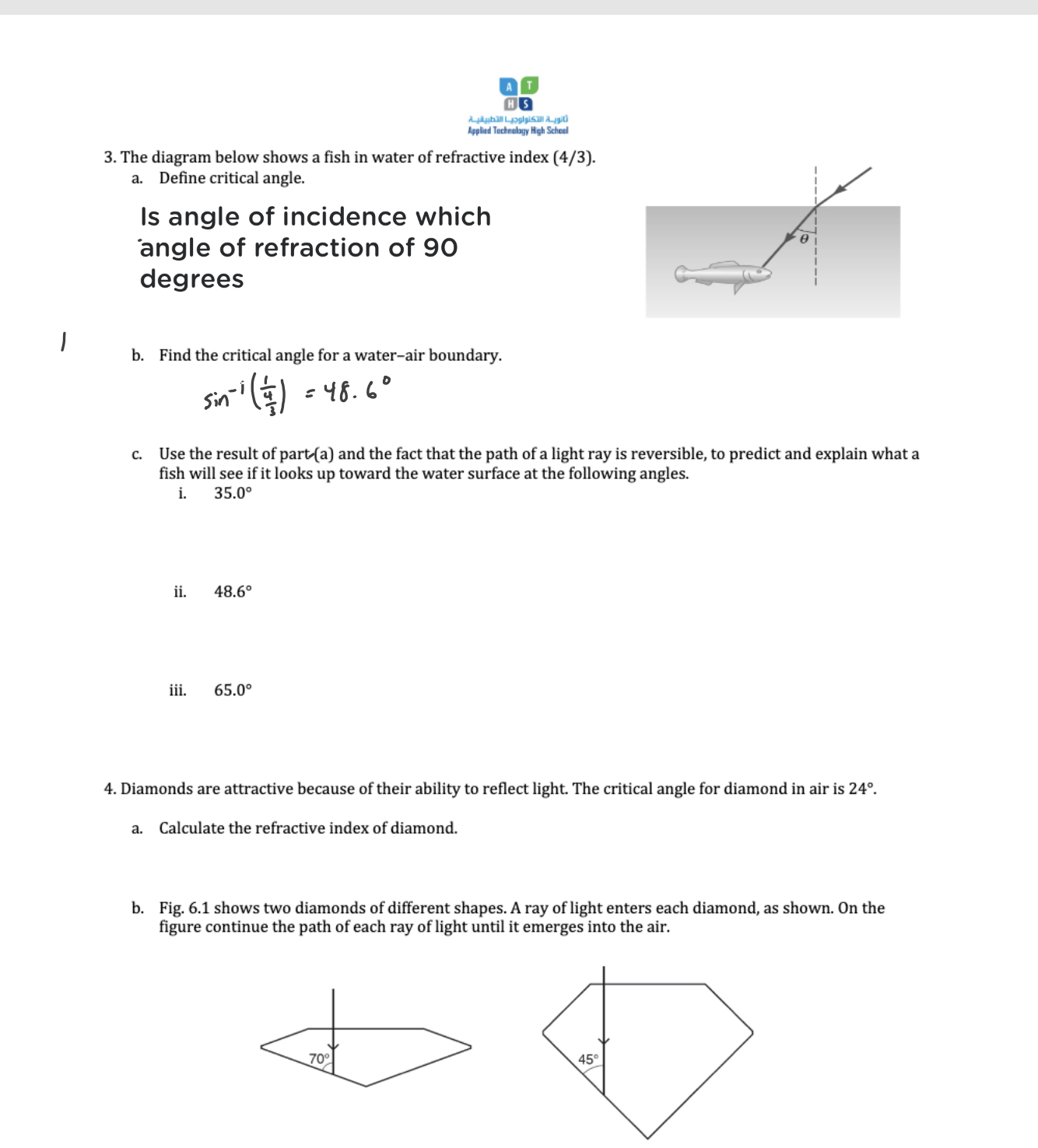
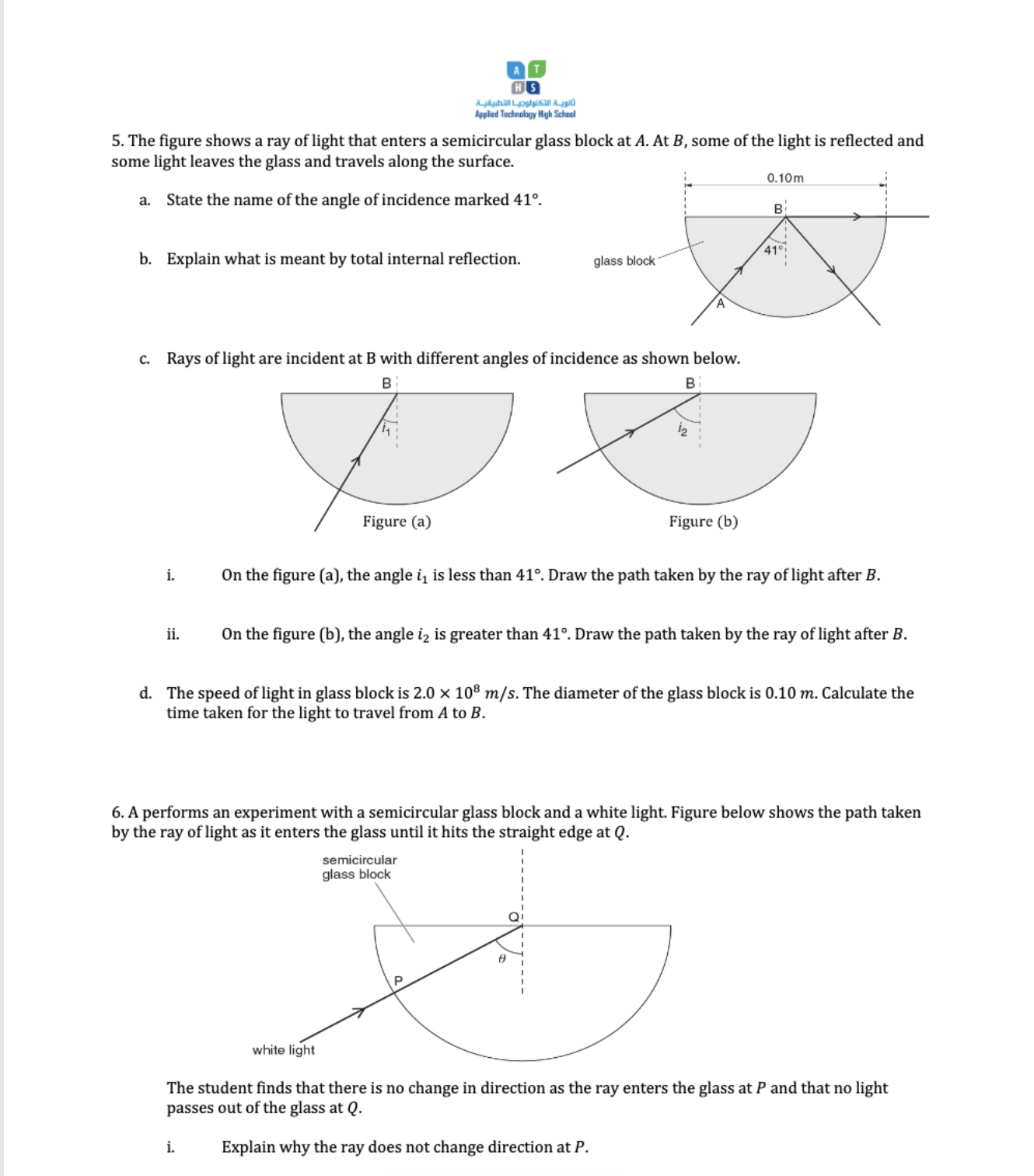
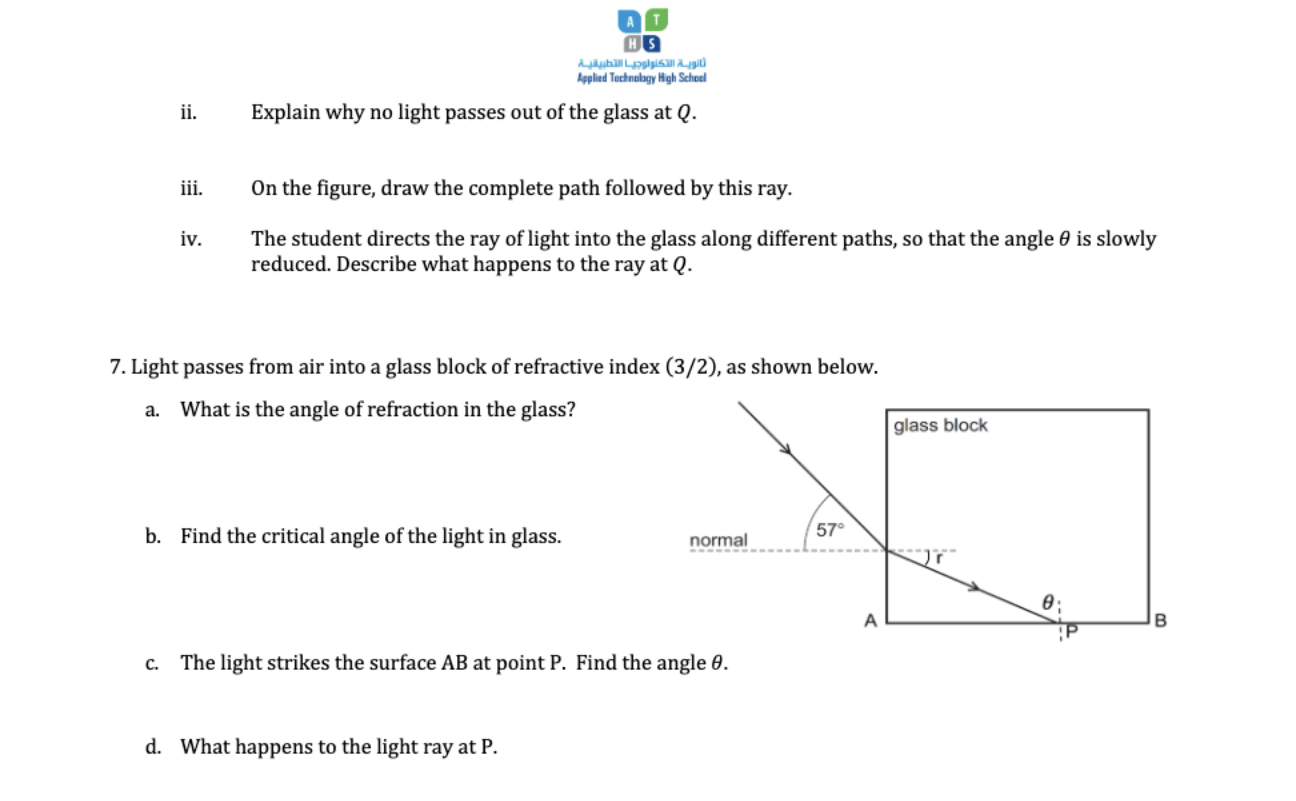
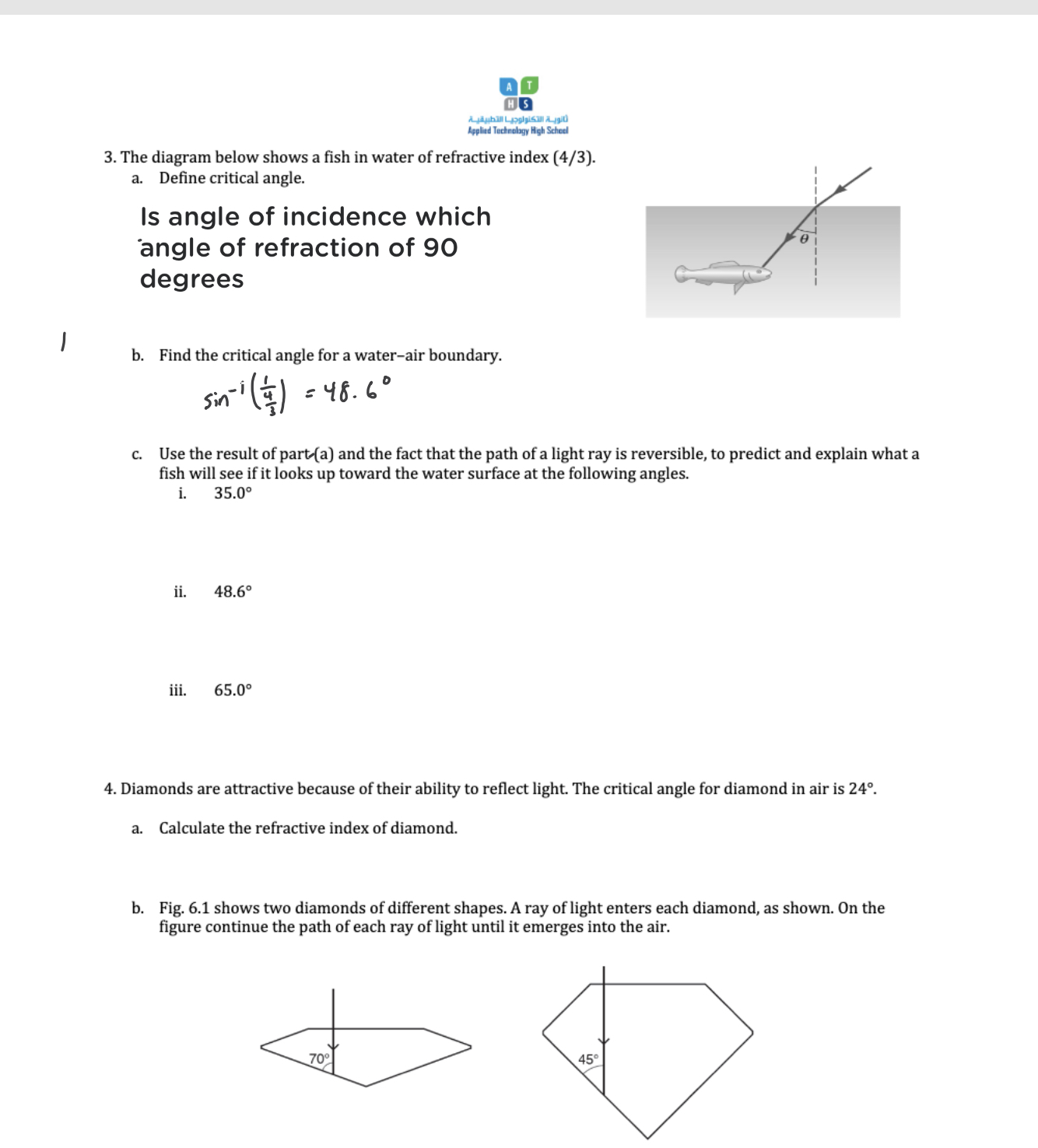
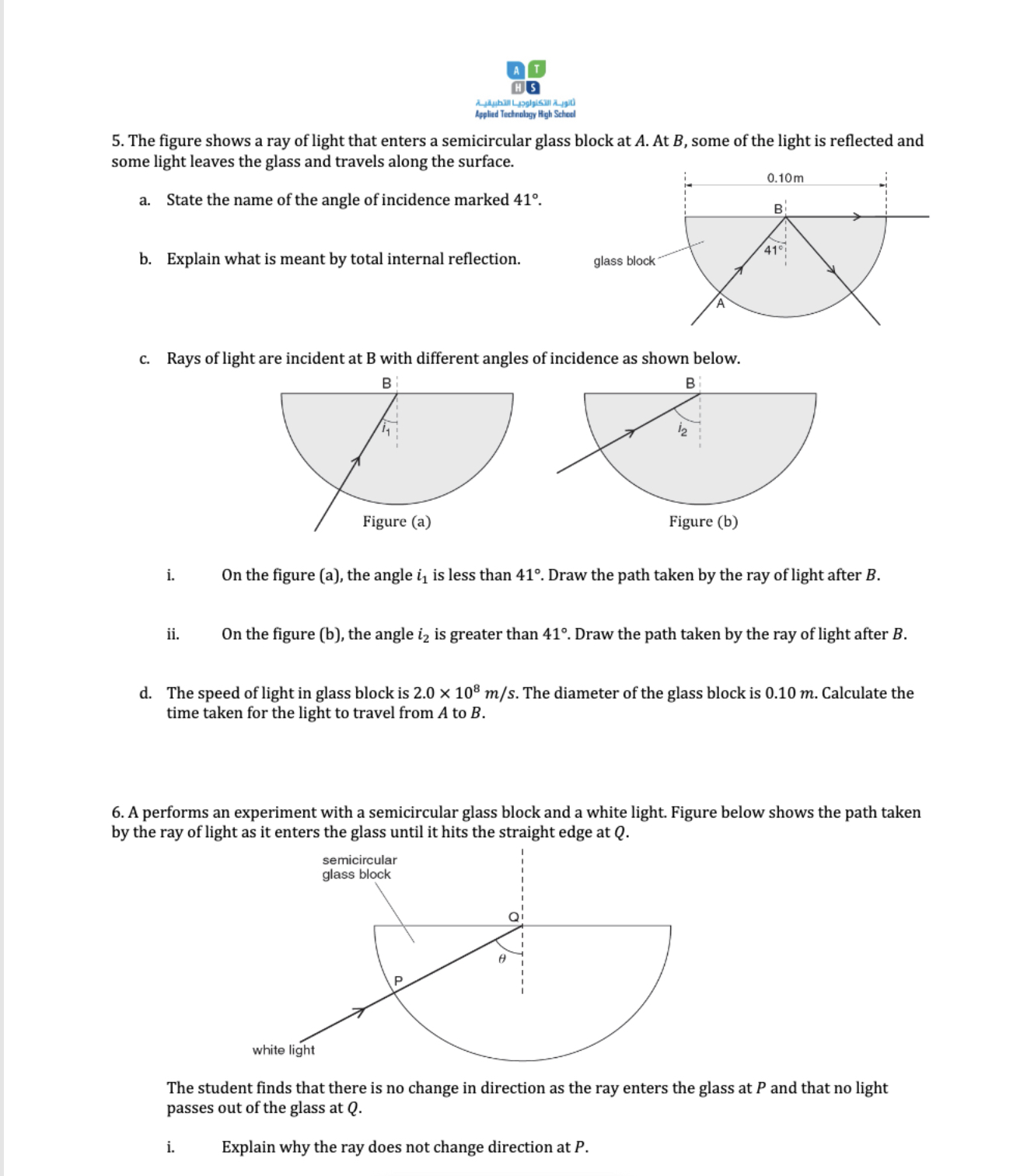
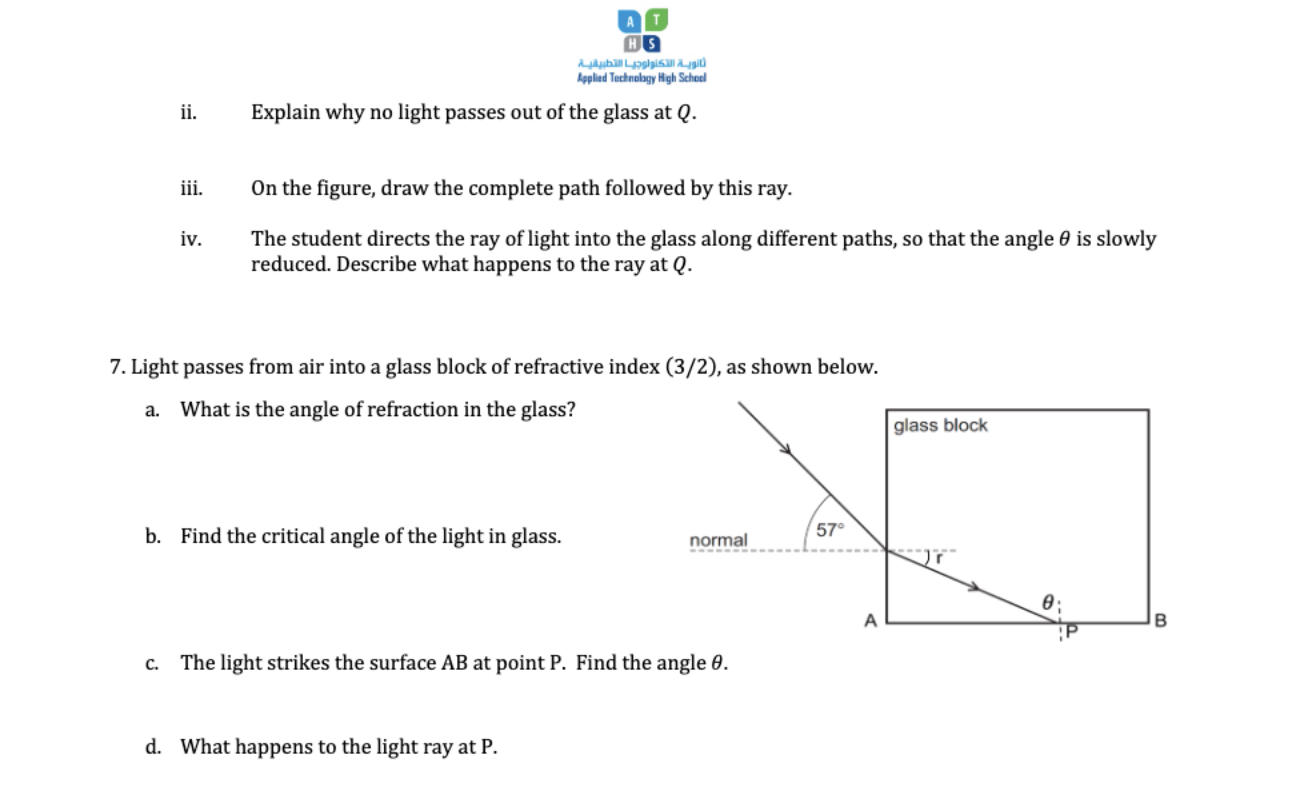
Step by Step Solution
There are 3 Steps involved in it
Step: 1

Get Instant Access to Expert-Tailored Solutions
See step-by-step solutions with expert insights and AI powered tools for academic success
Step: 2

Step: 3

Ace Your Homework with AI
Get the answers you need in no time with our AI-driven, step-by-step assistance
Get Started


